Sustainability and circularity, HMD Global's priorities
We talked to Robert Siewierski, General Manager of East Europe, HMD Global, about the recently presented products, as well as its focus on sustainability and how it looks to improve from this point of view.
"There are a lot of companies and organizations which are trading recycled materials on different levels, 100%, 90%, 70%, and we chose that for the X30, the whole aluminum is being recycled", he shared with us.
We learned that HMD Global works with organizations that clean up the planet's oceans, which is where the company gets quite a bit of its required plastics.
HMD Global even plants trees with some of the revenue that the company gets from selling its devices.
So far, the company was able to plant over 300.000 trees worldwide, according to Robert Siewierski.
The researchers at HMD Global also plan to make the Nokia X30 5G more user repairable in the future for parts such as the battery, but first, company officials want to make sure that the process is straight forward and can be done without affecting the actual device.
Robert shared with Green Strat-Up that "the challenge with that is that on the one hand, you can get it to be repaired by the end user, but on the other hand, when you're also giving three years of warranty you have to make sure that whatever happens with the device won't change it."
"You have to be certain that nobody can go deeper into the device so we are working on that", he added.
If the company will be making such a move, Robert told us that servicing parts, such as batteries, will be available on the HMD Global website so that people won't confuse original parts with knock-offs.
HMD Global's General Manager of East Europe also went on to explain how the Circular plan works, a subscription service with sustainability at its core, as it is currently available only in Germany and the UK.
Basically, a user can sign up for a one or two year contract, for example, and he or she will be able to use the selected device for that period of time over a monthly payment.
HMD Global guarantees that, no matter the shape the device may be in after the contract expires, the company will take that phone from the user and either refurbish or recycle it and recover some of the working parts.
This means that, if the device is in good shape, it can be refurbished to hand it to another user and if the condition isn't good enough for refurbishing it, HMD Global will recycle it and usable parts can be sold to other companies that can make use of them.
"We are dividing this device by pieces, whatever can be reused, like the processor, the camera, the IoT, we are sending them to these manufacturers that can use them", Robert told us.
The Circular subscription is currently not available in Romania, but the company wants to introduce this business model to the country as well, after it will carefully study the market.
Some of the used devices, such as tablets, can even be used afterwards for educational purposes, at schools of kindergartens, Robert told us.
As far as sustainability plans for the future go, HMD Global wants to have the whole production waste-free by 2025. According to Robert Siewierski, General Manager of East Europe, HMD Global, by 2025, 90% of the company's portfolio should be covered by the three years of warranty. At the same time, the company plans implement sustainable materials to more devices.
Nokia X30 5G
To get the specs out of the way, the Nokia X30 5G has a 100% recycled aluminum frame with a 65% recycled plastic back, with the retail box also being sustainability focused with 94% recycled paper.
The phone does not come with a power brick in the box, although company officials say that customers will have the choice of buying an official 33W adapter separately.
On the front of the phone, we find the 6.43 inch AMOLED with PureDisplay technology, which should have better color calibration.
The Full HD+ panel comes in a 20:9 aspect ratio, has a 90Hz and 450 nits of typical brightness, which can boost up to 700 nits in direct bright light.
The display of the Nokia X30 5G is also covered in Gorilla Glass Victus.
HMD Global officials stated that the cameras also enjoy extra protection in the form of Corning's Gorilla Glass DX+.
The camera system is composed of a 50MP main sensor that also has OIS and a 13MP ultrawide module with a 123 degree field of view. The selfie camera is a 16MP module.
The Nokia X30 5G is powered by the Qualcomm Snapdragon 695 chipset built on a 6nm process and that offers, obviously, 5G connectivity.

Photo source: HMD Global
The phone can be bought in two configurations, either 6GB of RAM and 128 GB of UFS 2.2 storage or 8 GB of RAM and 256 GB of UFS 3.0 storage.
The phone has eSim capabilities for futureproofing and it enjoys HMD's "3-3-3 promise", which means that the terminal will receive three Android platform upgrades (it ships with Android 12), three years of monthly security patches and three years of warranty.
HMD representatives shared that the 4.200mAh battery should keep over 80% of its original capacity after 800 charging cycles while using a 33W adapter.
Other features of the phone include the USB-C with 2.0 speed, Wi-Fi 6, Bluetooth 5.1, NFC and even an IR blaster.
The phone can be bought for around 2.300 RON in Romania for the lowest configuration.
Nokia G60 5G
The Nokia G60 was the second smartphone presented by the company and it has a plastic frame that is made with 60% recycled plastic and the back of the phone is also made with 100% recycled plastic.
The Nokia G60 5G comes with a larger 6.58 inch display that has a Full HD+ resolution and a 120Hz refresh rate, although this time only in an LCD panel.
The brightness slider can take the phone to 400 nits, which can be boosted to 500 in bright light.
The lower-end 5G terminal is powered by the same Snapdragon 695 5G chipset, but memory and storage configurations start lower, at 4GB RAM/64GB storage, with 4GB/128GB and 6GB/128GB also being available as options.
The phone comes with a 50MP sensor as well, although it is a smaller one, and the ultrawide camera has been downgraded to a 5MP sensor, with the Nokia G60 also sporting a depth sensor.
The larger 4.500mAh battery has slower charging at 20W and, in some countries, the phone will even come with it bundled in the box.
As far as connectivity goes, the G60 also has eSim support, Wi-Fi 6, Bluetooth 5.1 and NFC and it also enjoys the same "3-3-3 promise" treatment like the more expensive brother.

Photo source: HMD Global
It can be purchased for around 1.550 RON in Romania.
Nokia T21
The Nokia T21 tablet is the third member that the company introduced to the Romanian market and it is a multimedia-focused device, with its big 10.4 inch 2000X1200 resolution IPS display that can reach a top 360 nits of brightness.
It is powered by a lower end Unisoc Tiger T612 CPU and comes with 4GB of RAM and either 64 or 128GB of eMMC 5.1 storage.
It lacks Wi-Fi 6 connectivity and Bluetooth is restricted to the 5.0 standard, but it comes in an LTE variant as well and it charges its big 8.200 mAh battery via USB-C at up to 18W.
The lowest configuration of the tablet can be bought for around 1.299 RON in Romania.
 Mihai - Cristian Ioniță
Mihai - Cristian Ioniță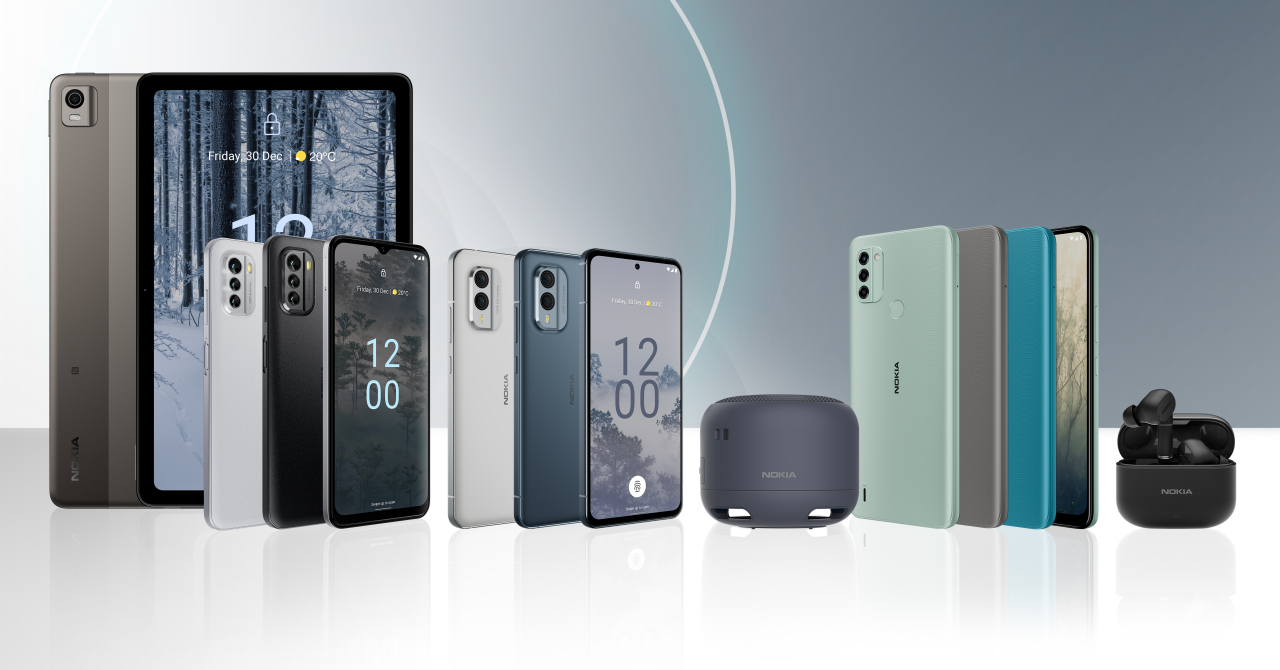



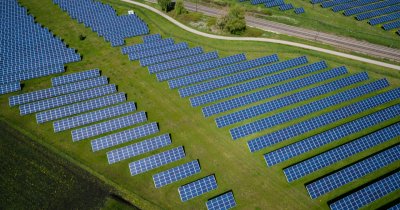


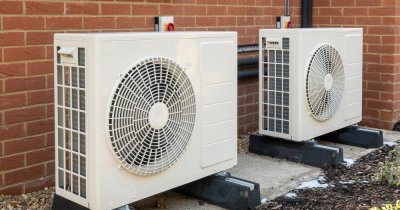

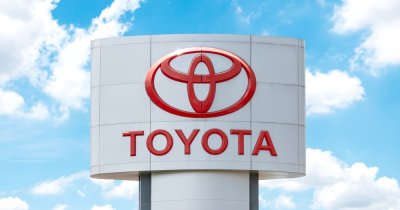

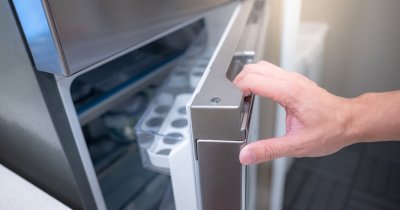

Any thoughts?